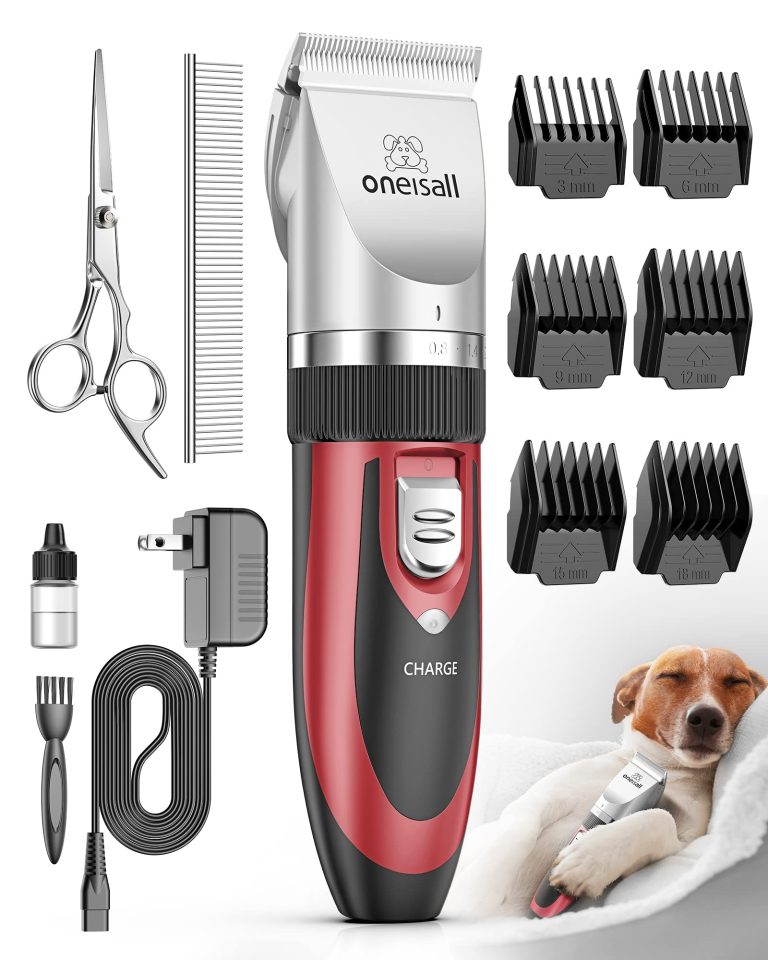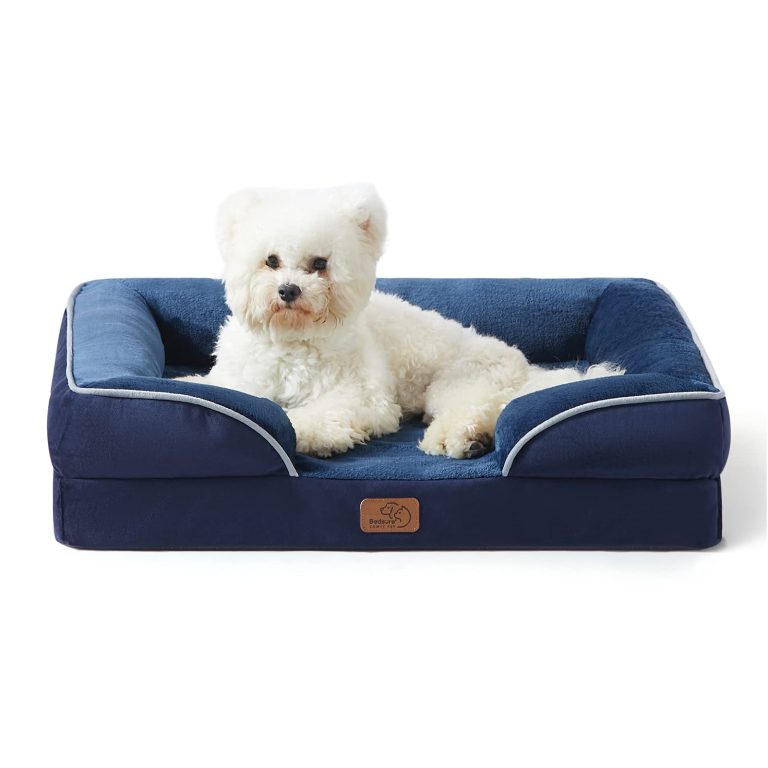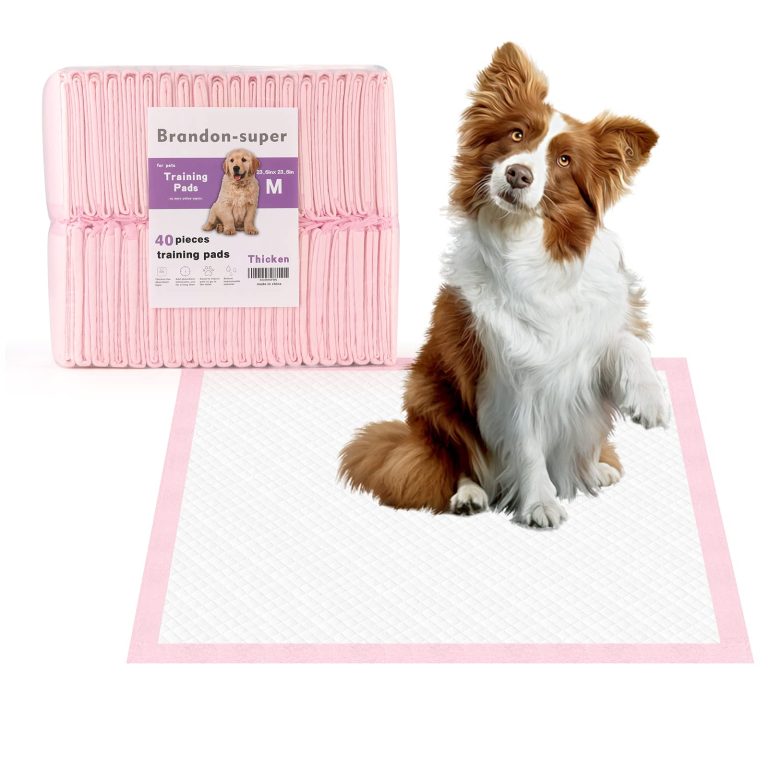Preventing and Managing Dog Allergies in Your Home

Understanding dog allergies necessitates a comprehensive exploration of both environmental factors and intrinsic health elements that can affect our beloved companions. Just as humans can suffer adverse reactions to specific substances, so too can our canine friends, often leading to discomfort and distress. Allergies in dogs manifest through various symptoms, including incessant scratching, licking, or biting at their skin, which can result in secondary infections, hot spots, or hair loss. These allergic reactions may be triggered by a myriad of allergens, ranging from food components to environmental elements.
While the concept of allergies may seem simpler, the reality is that their identification and management can often resemble solving a complex puzzle. Food allergies, for instance, are typically associated with certain proteins found in common dog foods. Dogs may react adversely to beef, chicken, lamb, or even grains such as wheat or corn. In contrast, environmental allergens, such as pollen, mold, dust mites, and flea saliva, often provoke sensitivity, particularly in breeds predisposed to such conditions.
Veterinary professionals often advise a comprehensive approach to ascertain the source of an allergy. This typically includes a detailed history of the dog’s diet and lifestyle, followed by potential exclusion diets, where certain foods are eliminated to monitor changes in symptoms over time. When it comes to environmental allergens, intradermal skin testing can be employed, where small amounts of potential allergens are injected into the skin, allowing for precise identification of the culprit allergens.
It’s crucial to recognize that allergy management requires both immediate and long-term strategies. For instance, corticosteroids or antihistamines may be prescribed to alleviate acute symptoms, yet these treatments often mask the underlying issues rather than addressing them directly. Consequently, a multi-faceted approach involving lifestyle modifications—such as regular bathing to remove allergens from the skin and fur, as well as keeping living spaces clean and free from irritants—becomes paramount.
Additionally, strengthening a dog’s immune system through appropriate nutrition, including omega fatty acids and probiotics, can be instrumental in reducing the frequency and severity of allergic reactions. As Dr. Karen Becker, a renowned veterinarian, suggests, “An allergen-free diet rich in nutrients can help balance the immune responses.” Engaging in consistent health check-ups with a veterinarian can further ensure that any signs of allergy are monitored and managed effectively.
Ultimately, understanding the intricacies of dog allergies is not merely about identifying symptoms but about cultivating a rich, harmonious environment conducive to health and happiness. By recognizing that our dogs thrive not just on food and shelter but on careful, considerate care tailored to their unique needs, we empower them to live fuller, more vibrant lives.
Identifying common allergens
Allergens can be as variegated as the canine breeds we cherish, leading to varying reactions that require dog owners to be ever vigilant and resourceful. Environmental allergens, which are particularly prevalent in certain seasons, often include an array of outdoor and indoor elements. Pollen from trees, grasses, and weeds can elicit immediate and severe responses in sensitive dogs, making it essential for owners to be proactive during peak seasons. Regular grooming and baths using hypoallergenic shampoos can help alleviate the buildup of these allergenic substances on the skin and coat.
Household dust mites, another common offender, thrive in nearly every home, often hiding in bedding, carpets, and upholstered furniture. Keeping these areas clean and implementing air purifiers can dramatically reduce exposure. Washing pet bedding regularly in hot water and opting for sealed mattress and pillow encasements can contribute significantly to limiting these troublesome mites. Indeed, the words of Dr. Julie Buzby resonate here; she states, “An ounce of prevention is worth a pound of cure,” a fitting reminder of the proactive measures necessary in maintaining an allergy-free environment.
Flea saliva is notorious for triggering allergies in dogs, leading to intense itching and discomfort. This necessitates stringent flea control protocols year-round, using both topical and oral medications as advised by a veterinarian. Unlike the sporadic nature of pollen, fleas can pose year-round challenges, so understanding the behavioral patterns of these pests is vital. Flea infestations can lead not only to skin allergies but also to more severe health issues if left untreated, emphasizing the need for a vigilant approach to preventative care.
Food allergies, while often a little more challenging to nail down, can emerge from common ingredients. Many pet owners mistakenly believe that their dog’s diet is wholly simple; however, it often comprises multiple proteins and carbohydrates that can provoke an immune response. If you suspect a food allergy, ponder the method of elimination that starts with basic single-ingredient diets, ideally comprising novel proteins that your dog has never consumed. This approach encourages gradual reintroduction of potential allergens while monitoring for reactions, a process requiring diligence and patience.
Additionally, hypoallergenic commercial dog foods can be an excellent alternative for many dogs; however, always consult with a veterinarian before making dietary changes. They may recommend specific brands or recipes tailored to address your dog’s unique sensitivities. Incorporating digestive enzymes or probiotics can also assist in strengthening gut health, further supporting the immune system.
For those with allergic tendencies, it’s of paramount importance to create an environment that soothes those conditions rather than exacerbating them. This includes regular cleaning routines that minimize allergens and providing indoor air quality solutions, such as air purifiers or humidity controls that can mitigate factors contributing to allergies. As responsible pet owners, ensuring our homes are less conducive to allergens fosters not only comfort but greater overall health for our canine companions. Remember, every small step counts in cultivating an atmosphere in which our dogs can thrive free from the shackles of allergens. After all, a happy, healthy dog is the ultimate reward for our commitment to their well-being.
Creating an allergy-friendly home
Creating an allergy-friendly environment extends beyond mere cleanliness; it encompasses a holistic approach to care that integrates every aspect of a dog’s life—from their physical habitat to their mental stimulation and exercise. A dog’s physical health is intrinsically tied to its living conditions, making it essential to cultivate spaces that promote well-being, particularly for breeds susceptible to allergies.
First and foremost, establishing a rigorous cleaning routine can significantly reduce allergen exposure. Regularly vacuuming carpets and upholstery—ideally with a vacuum equipped with a HEPA filter—minimizes stationary allergens such as dander and dust. Frequent washing of your dog’s bedding and toys in hot water is another crucial practice, effectively eliminating the accumulation of allergens. As the esteemed veterinarian Dr. Jennifer Summerfield wisely states, “A clean environment is the cornerstone of a healthy companion.” Ensuring that the living spaces remain free from irritants will contribute to reducing allergic responses.
Moreover, consider the materials used in your dog’s bedding, toys, and even your home’s furnishings. Opt for hypoallergenic fabrics, which are designed to minimize allergic reactions. Investing in an air purifier can also markedly enhance indoor air quality, as these devices filter out airborne allergens such as pollen, dander, and mold spores, providing a safer breathing space for your canine companion.
Proper exercise is another cornerstone of holistic health. Engaging your dog in daily walks, playtime, or agility training not only strengthens their physical resilience, thereby enhancing their immune systems, but also provides mental stimulation that keeps their spirits high. Just as we humans are invigorated by outdoor activities, dogs derive joy and health benefits from fresh air and physical exertion. In engaging with their environment, dogs strengthen both their body and mind, enabling them to cope better with potential allergic triggers.
It’s essential to tailor exercise to your dog’s specific needs and abilities. For instance, breeds predisposed to skin irritations, such as Bulldogs and Retrievers, might thrive with routine outdoor exploration in low-pollen seasons, while avoiding overly humid environments that can exacerbate skin issues. Providing them with engaging toys and puzzles indoors can also promote mental agility. The adage “A tired dog is a happy dog” holds a wealth of truth, underlining the importance of mental and physical fatigue in mitigating stress and enhancing overall health.
Equally important is the approach to dental care, often an overlooked but essential component of canine health. Neglecting oral hygiene can lead to periodontal disease, which not only impacts mouth health but can also have systemic effects, exacerbating allergies or other health conditions. Regularly brushing your dog’s teeth, combined with routine veterinary dental check-ups, ensures that their oral health is prioritized. Additionally, dental chews can contribute to both plaque control and overall delight, turning an essential health practice into a fun experience.
As dogs age, they naturally experience a variety of health changes, including shifting dietary needs and increased susceptibility to various conditions, including allergies. Senior dogs may require specially formulated diets that address their particular sensitivities and health concerns, supporting both their immune function and overall vitality. Monitoring their condition closely and adjusting care as needed will help minimize potential reactions—remember that what once worked may no longer suffice as they transition through different life stages.
Engaging a veterinarian in regular health check-ups is pivotal. These check-ups can lead to timely interventions, which will allow you to recognize early signs of allergies or other potential ailments. Consistent assessments and updates regarding your dog’s health will facilitate a proactive approach to care, reinforcing that old saying: “An ounce of prevention is worth a pound of cure.” Implementing these strategies not only fosters an allergy-friendly home but enriches the quality of life for your canine companion, ensuring that they thrive in an environment of care, support, and love.
Managing symptoms and treatments
In managing symptoms and treatments associated with dog allergies, it is paramount to adopt a well-rounded strategy that combines immediate alleviation measures with longer-term health interventions. This complexity often requires close coordination between a devoted pet owner and a knowledgeable veterinarian, setting the stage for a comprehensive wellness approach.
When addressing acute allergic responses, veterinarians may recommend topical treatments, antihistamines, or corticosteroids. While these medications can offer quick relief from discomfort, it especially important to understand that they often only temporarily mask the symptoms rather than resolve the underlying issues. Regular conversations with your veterinarian can provide insight into the appropriate use of these treatments, especially as they can also carry side effects. For instance, prolonged corticosteroid use can lead to weight gain and other health concerns; therefore, careful monitoring and periodic reevaluation of the treatment plan are essential.
Moreover, incorporating preventive measures can significantly reduce the frequency and severity of allergic reactions in the first place. This can be achieved through a combination of environmental controls, dietary adjustments, and holistic health practices. For instance, regular bathing can help remove allergens from your dog’s coat and skin. Using a veterinarian-recommended, hypoallergenic shampoo can be especially beneficial, as they cleanse without aggravating sensitive skin. Adopting a bathing routine—perhaps once a month, or more frequently during high-allergen seasons—can effectively diminish the load of environmental irritants.
On the nutritional front, feeding your dog a balanced diet rich in omega-3 fatty acids can play a pivotal role in bolstering skin health and enhancing the overall immune response. Incorporating supplements such as fish oil or flaxseed oil can reduce inflammation and irritation, making them valuable allies in your dog’s arsenal against allergies. As Dr. Lisa Lippman asserts, “Nutrition is the foundation of health; what you feed your dog has far-reaching effects on their overall wellness.” This philosophy underscores the importance of providing high-quality, allergen-free food tailored to your dog’s specific dietary sensitivities.
Education on common health concerns is also vital for any dog owner. Apart from allergies, immunizations, flea and tick preventatives, and regular dental care are significant aspects of maintaining optimal health. For example, periodontal disease can precipitate various systemic issues, so establishing a dental care routine that includes regular brushing and veterinary dental cleanings is critically important. Dental chews that promote oral hygiene can serve both as a treatment and a source of enjoyment for your dog.
Understanding age-related health changes is another crucial aspect of dog care. As dogs transition through various life stages, their needs evolve, requiring adjustments in diet, exercise, and healthcare. Senior dogs, for instance, often exhibit increased vulnerability to allergies due to a natural decline in immune function and changes in skin and coat condition. Regular veterinary check-ups enable timely identification of these changes, allowing for the adjustments necessary to optimize care and minimize allergic responses.
Mental stimulation should not be overlooked in this comprehensive management strategy. Engaging your dog in interactive play, puzzle toys, and training exercises fosters mental agility and helps reduce stress, which can exacerbate allergic reactions. A mentally stimulated dog tends to be more satisfied and relaxed, ultimately contributing to a healthier immune response. As the famous dog trainer Cesar Millan once said, “A calm dog is a happy dog,” emphasizing the importance of a balanced mental state.
Navigating the complexities of dog allergies involves a multifaceted approach that incorporates both immediate and long-term management strategies. By fostering a holistic view of canine health—addressing not just the symptoms of allergies but also the overall well-being of the dog—owners can cultivate an environment that not only reduces allergic reactions but significantly enhances their canine companions’ quality of life, ensuring they remain vibrant and healthy for years to come.







